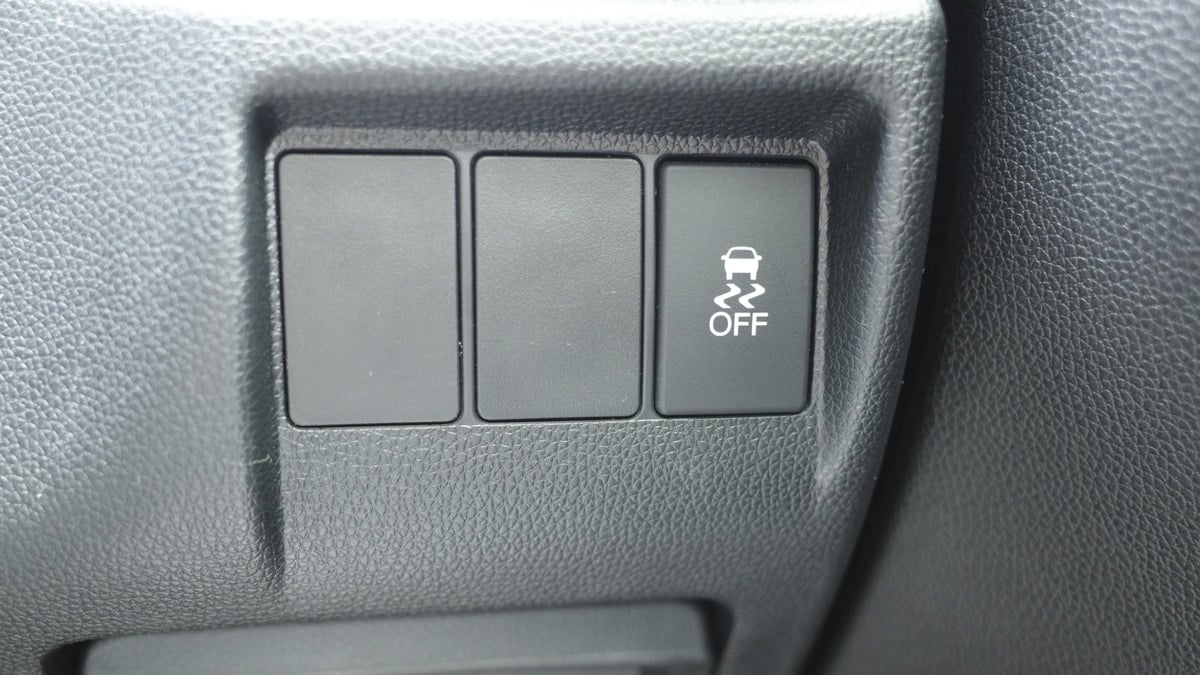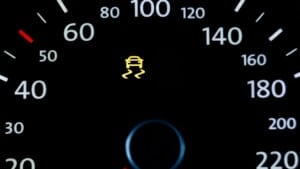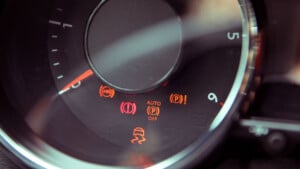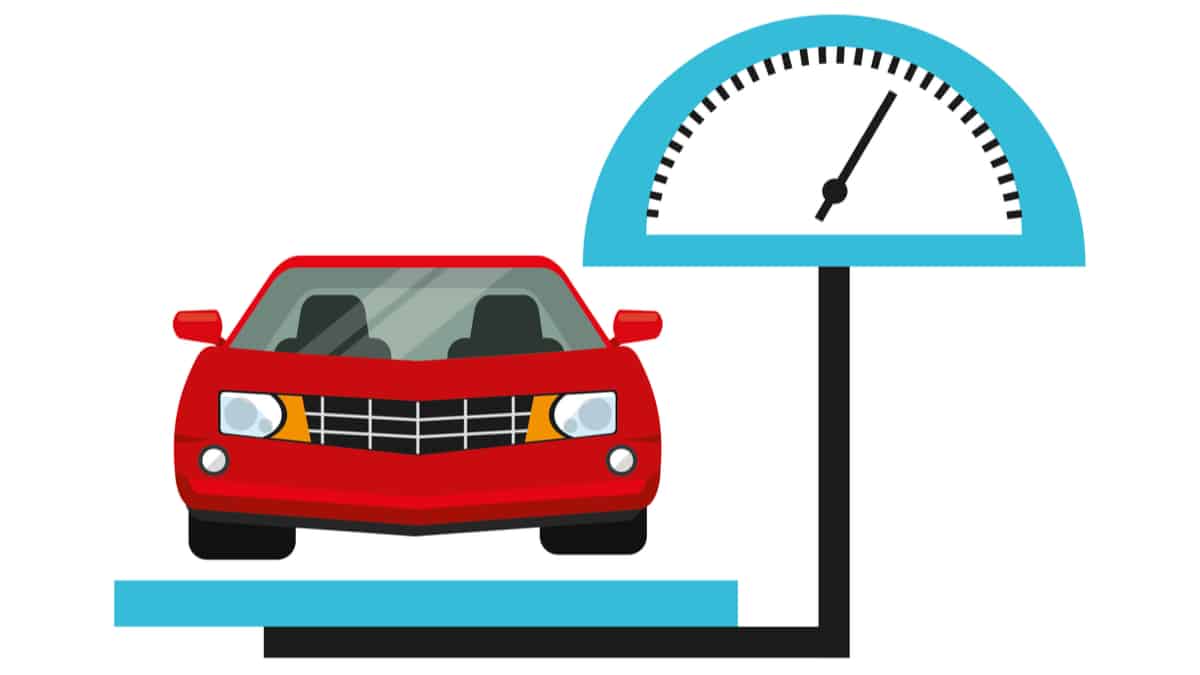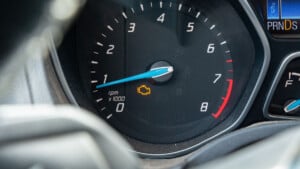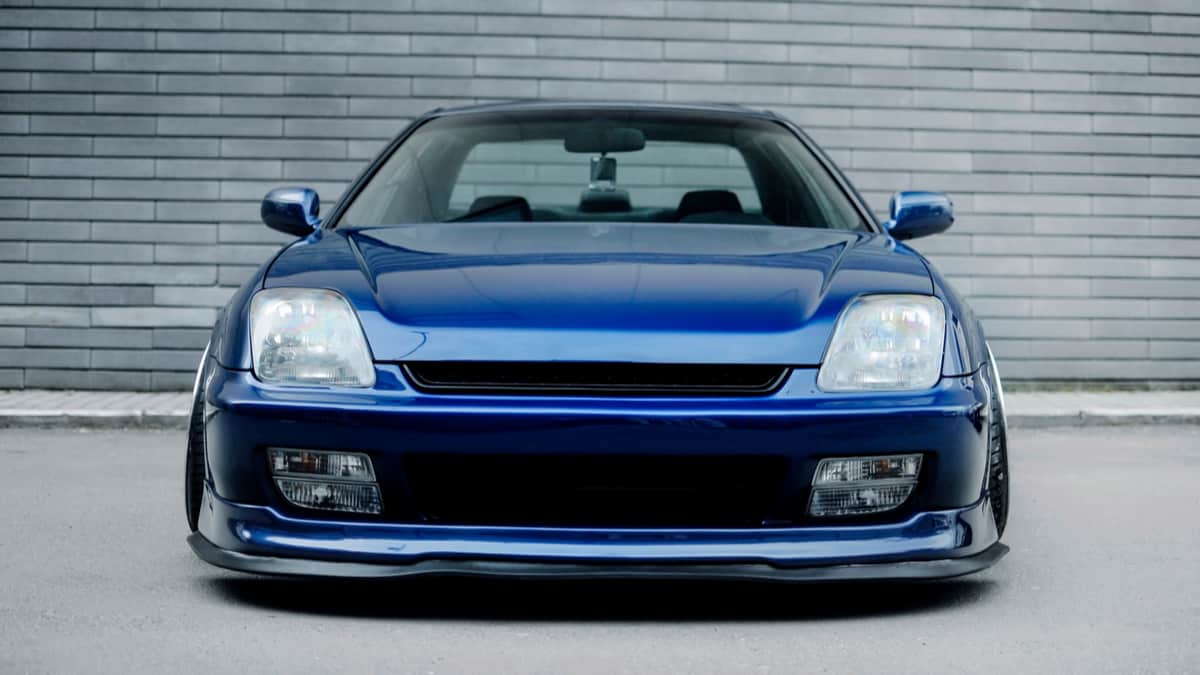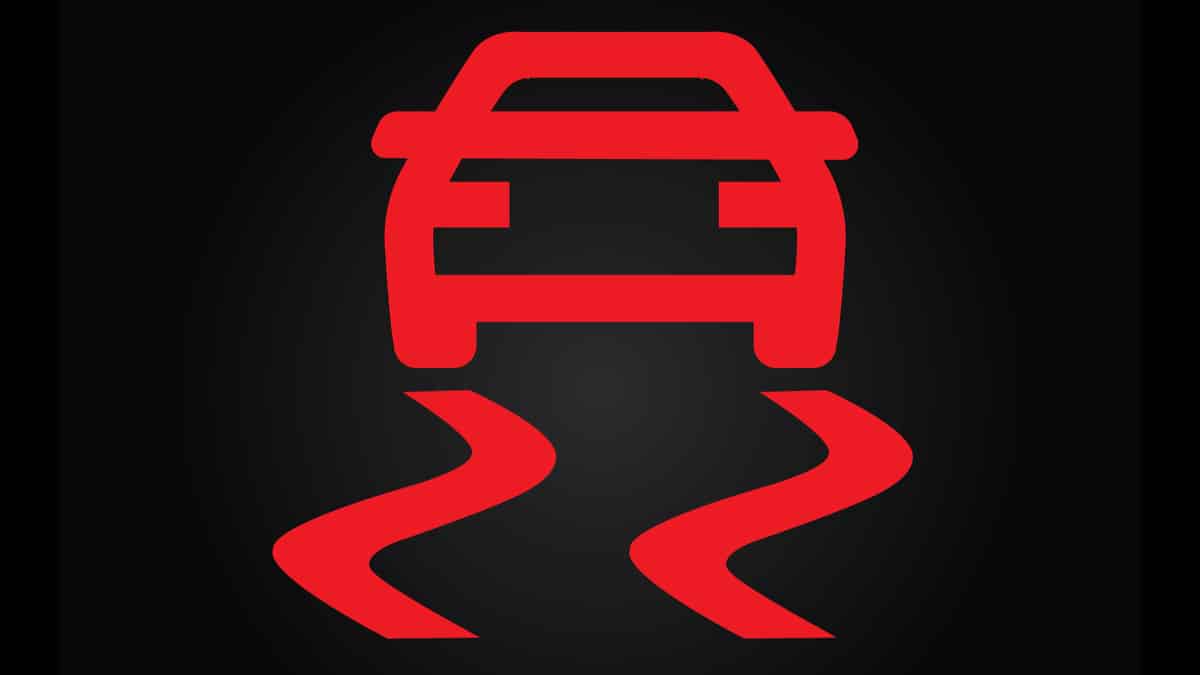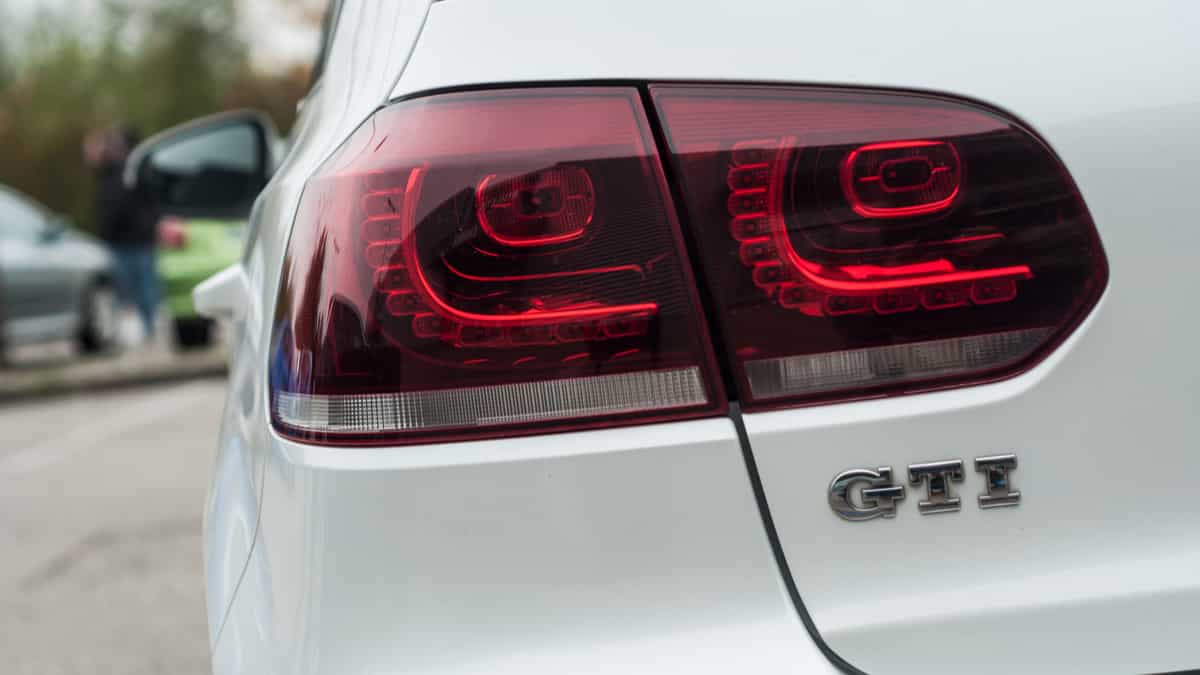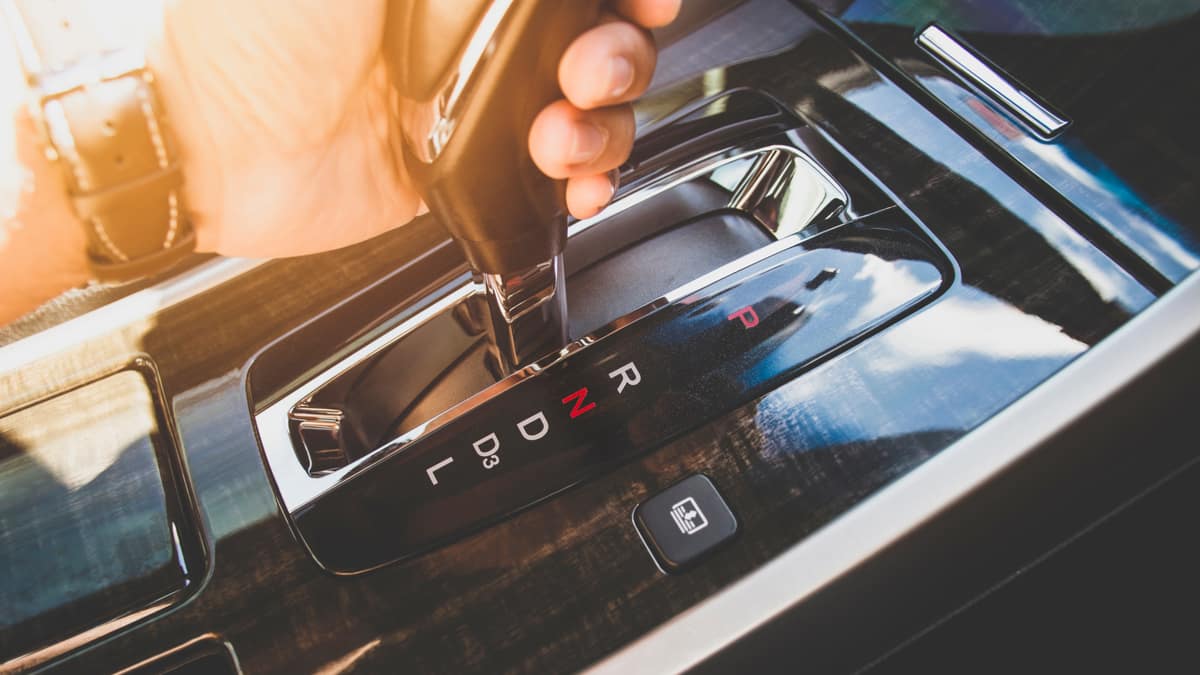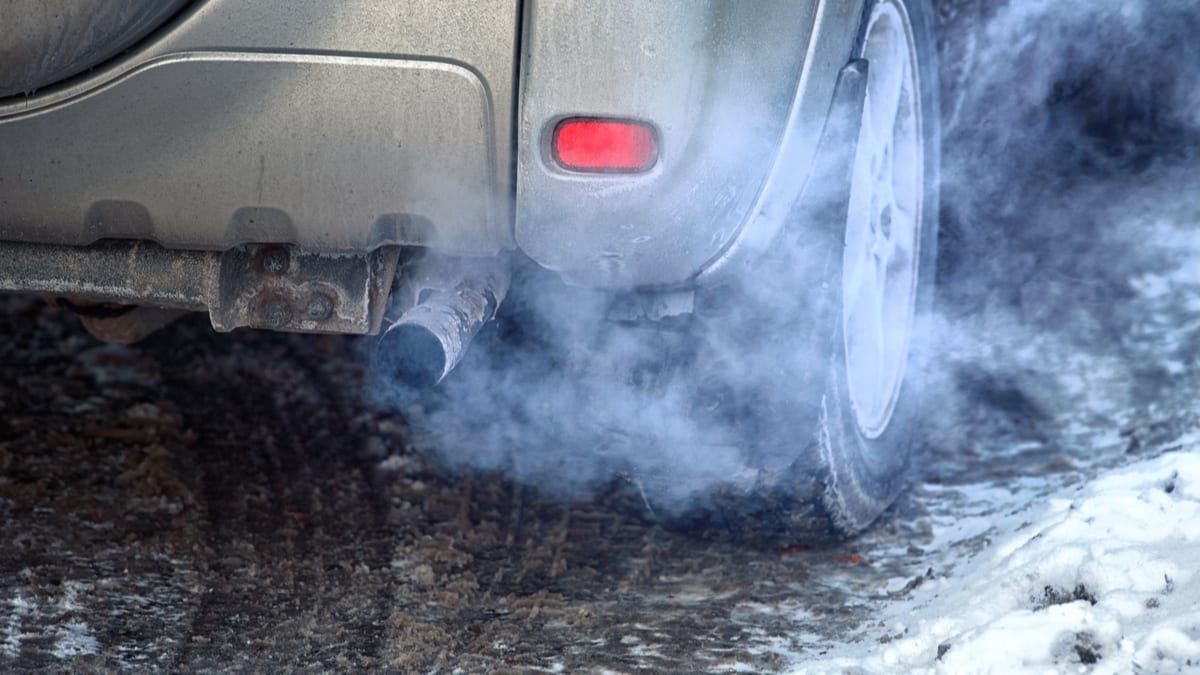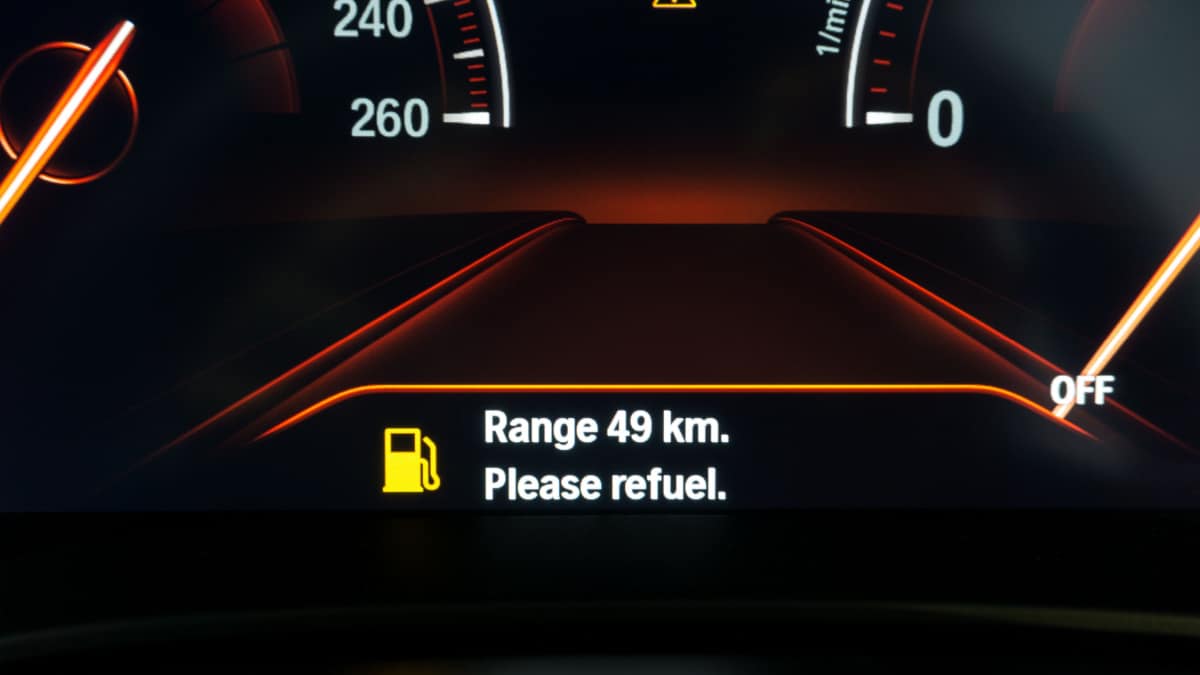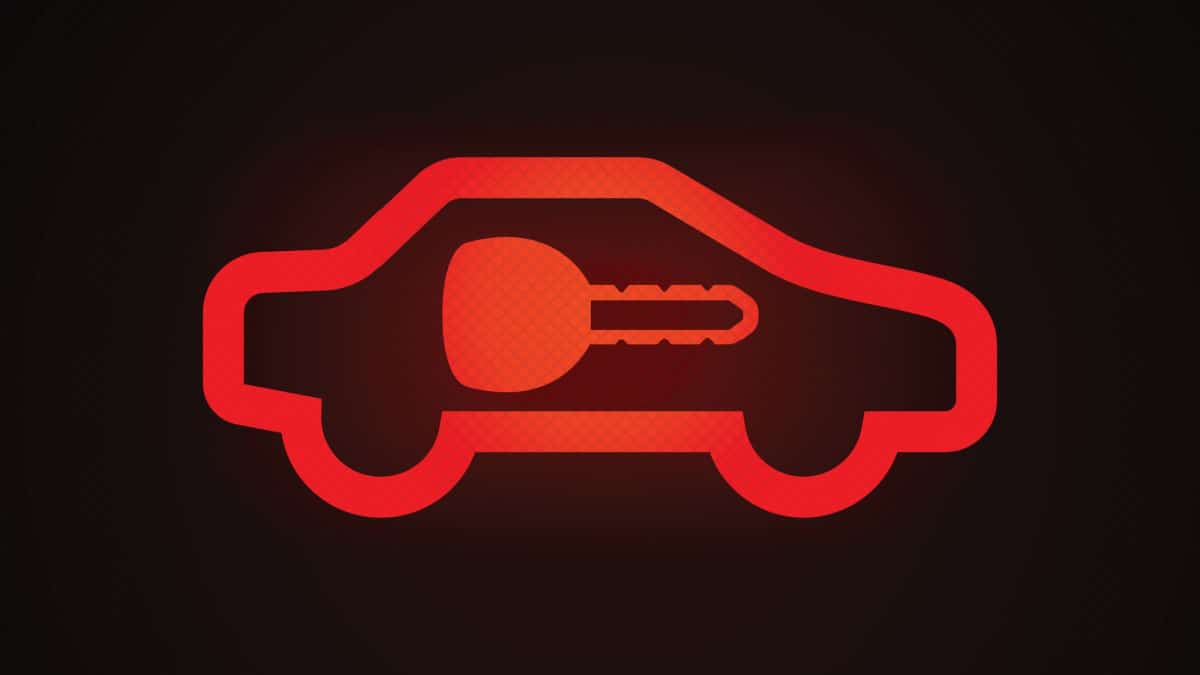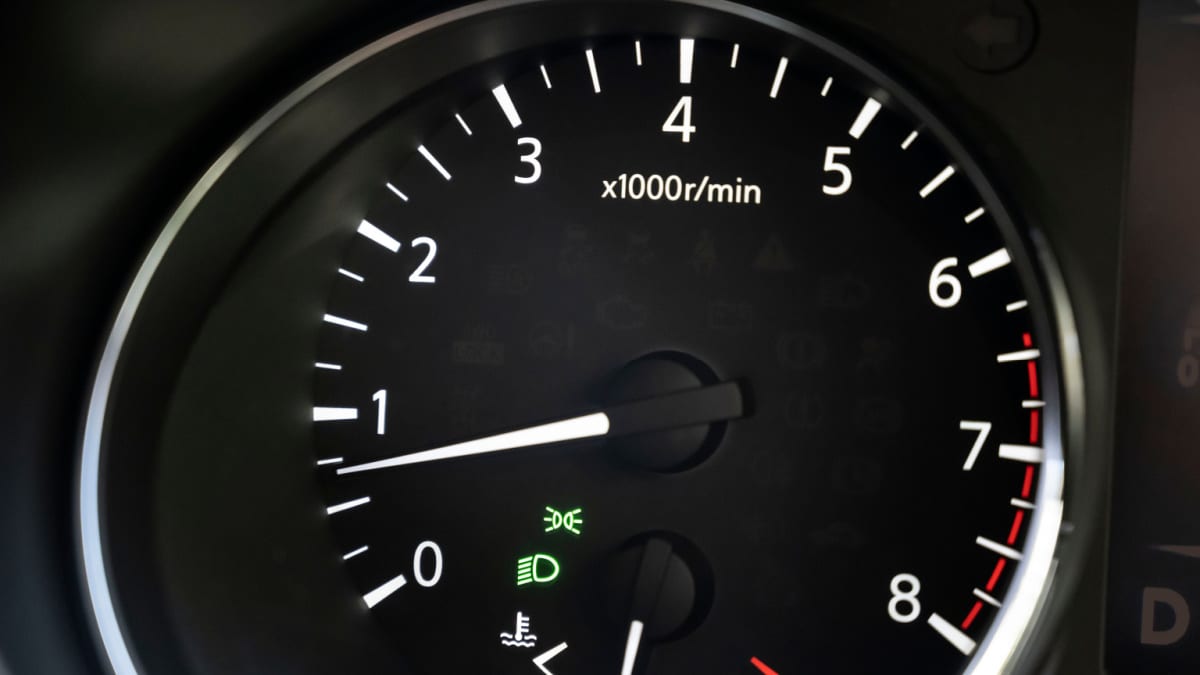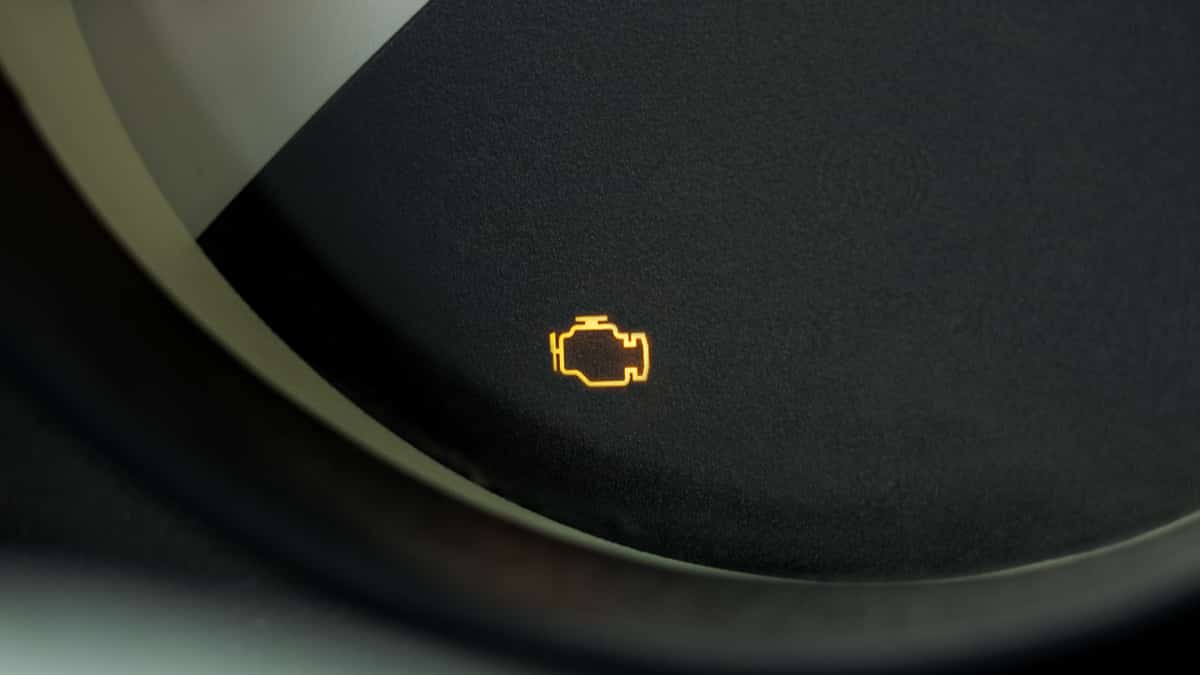Once you become a car owner, you find out that there are many abbreviations you may not understand. One such abbreviation you might be looking at is TC. What does TC mean on a car and is it important?
In this article, we evaluate what TC means and how it operates. We also look at signs that there’s something wrong with the traction control system.
What Does TC Mean In A Car?
TC in a car stands for Traction Control. It’s the automotive system that assists acceleration while preventing wheels from slipping or over-spinning while driving on low-traction surfaces. It’s a valuable safety system installed on most modern vehicles.
The traction control is designed to provide a smooth drive in any situation. It helps balance stability with acceleration, even on slippery road surfaces, such as those driven on after a rainstorm. When one of the wheels is spinning faster than the others, the traction control system detects the fault with the help of the speed sensors. The car will automatically adjust the speed to the spinning wheel, so it can grip the road surface once again.
The ECU may also reduce torque from the engine and activate the ABS if the brakes must be applied. In some cases, the traction control light might turn on the dash to notify you of the slippage. If the light turns back off immediately, there’s not a problem with the system. However, when the light stays on, there could be a fault somewhere in the system.
When to Use the TC?
You can leave the traction control system on all the time, even when the roads are clear. It’s automatically activated when the car starts, so you don’t need to do anything to turn it on. While you can shut it off manually, there are special situations when you should ensure it is on.
If you are caught in bad weather, such as ice, snow or heavy rain, the traction control should be on. You will want the added support when traveling across wet or slippery road surfaces.
It’s also helpful if you are driving on a curvy or windy road. As you take a turn, you don’t want to lose traction. This is especially important if the road surfaces are wet or muddy.
When to Turn Off Traction Control?
The traction control system should be activated the majority of the time you are driving. Yet, there are some rare instances where it can be better to turn it off. For example, if you get the car stuck in snow, sand or mud, you might want to switch it off. Traction control can make it harder to get out of these situations when the wheels are spinning.
In these situations, you want the wheels to spin so they can dig into the ice, sand, mud or snow and find solid ground. Once the wheel reaches this ground, traction can be regained and you can get the vehicle out.
Additionally, if you plan to race your vehicle or participate in drifting, traction control would be your enemy. Instead, you want the wheels spinning just right for maximum coolness.
Traction Control vs. Stability Control
Traction control might be better known than stability control, but this is also a safety feature. They do work together to create a safer drive. Plus, both systems use wheel speed sensors to gain the information that’s needed.
Stability control is designed to keep the vehicle stable and moving in the direction you want to go. It’s a complex system that adjusts the movement of the vehicle. In conjunction with the speed sensors, it also uses additional sensors around the vehicle to note the motion of the car versus its direction. If the two directions aren’t in alignment, the system helps to stabilize movement.
As with the traction control, the brakes can be automatically applied to wheels that are moving too fast. This system has become a mandatory addition to all vehicles sold since 2012.
Why is Traction Control Warning Light On?
1. Poor Road Conditions
If you hit a slippery patch on the road, the TC light might come on temporarily. This warning light is letting you know that the traction control system has been activated.
However, the light should go off as soon as traction has been regained. If it doesn’t, there is a larger problem.
RELATED: Traction Control Light (TCS): Meaning, Causes (& How to Fix)
2. Bad Wheel Speed Sensors
Wheel sensors are needed to detect the speed that each one is running at. Each of these sensors is connected to the ECU, which keeps the traction control system in the loop.
When one of the sensors goes bad, it doesn’t send accurate signals to the ECU. Because of this fault, the traction control light turns on until you replace the faulty wheel speed sensor.
The cost to replace a wheel speed sensor might be about $325 to $400. Labor should make up about $75 to $100, while the part could cost $250 to $300.
3. Faulty Steering Angle Sensor
The traction control system is carefully monitoring the angle of the steering wheel. The sensor also reports how fast the steering wheel is turning while you drive. If there’s something wrong with this sensor, it needs to be replaced.
The traction control light turns on when the sensor fails. It can be found in the steering column if you want to try changing it yourself.
The cost to replace a steering angle sensor might be between $125 and $500. Labor might make up $75 to $250, while the sensor itself could cost $50 to $250.
4. ABS Malfunction
The anti-lock braking system works hand-in-hand with the traction control system. These parts use a lot of the same sensors and components to run.
Because of this, if there is a fault in the ABS, it’s possible that the traction control light might come on as well. To determine what the cause is, use your code scanner to discover what part is defective.
Categories: Brakes
